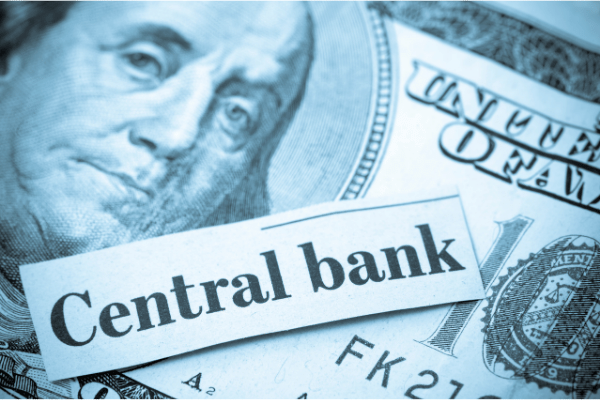
- Normalizing central bank policy will hit the lower and middle classes hardest, as they grapple with inflation while borrowing costs for mortgages and auto loans soars.
- Decades of loose liquidity means that asset-rich members of society will always be in a better position to deal with both tighter monetary policy as well as inflation.
Normalizing central bank policy is hard to do.
Even in the best of times, policymakers have to contend with a myriad of issues and competing policy priorities, but having to juggle all the balls at once while trying to wrestle monetary policy back to more normal times is proving to be one ball too many, at least according to markets and investor sentiment.
After a prolonged interval of resistance, the U.S. Federal Reserve has conceded that it has been pushed to a corner, indicating the fervent need to tackle inflation more aggressively notwithstanding the implications on the market.
While the climate of constricting financial conditions is self-perpetuating – sentiment wanes so demand drops and prices (hopefully) retreat, there is no guarantee of mean-reversion (an assumption that asset prices will converge to the average price over time) under these pressures.
Which explains much of the volatility of late – increasingly, prices are being dictated by narrative as opposed to valuation models and this has been reflected in a surge in tech on one day, only to meet a sharp decline the next.
Instead, central bank policymakers could usher in a secular systemic shift where inequality is worsened, livelihoods are jeopardized, and unintended consequences are rampant.
This ‘wakeup call’ of sorts is imperative in treading through the volatility of the economy.
To be fair, the Fed could not have predicted the Russian invasion of Ukraine nor the effect that would have on commodity markets and in the absence of that Black Swan event, inflation could have been “transient” to use their lingo, but even then, the odds of that were unlikely.
Unprecedented injections of liquidity have inflated every manner of asset and created new ones which otherwise could not have existed – when the money’s free, the consequences are of no matter.
But the ones who really hurt are the middle class and the poor as liquidity injections have almost always tended to favor asset holders and not the working class.
Now as the tide of liquidity recedes, it’s once again the middle and working class, those who are stretched by their mortgages and auto loans, who are being hit hardest.
The onus lies on policymakers to take the initiative to curb the damage across the board, as well as to safeguard the most vulnerable sections of our society.



